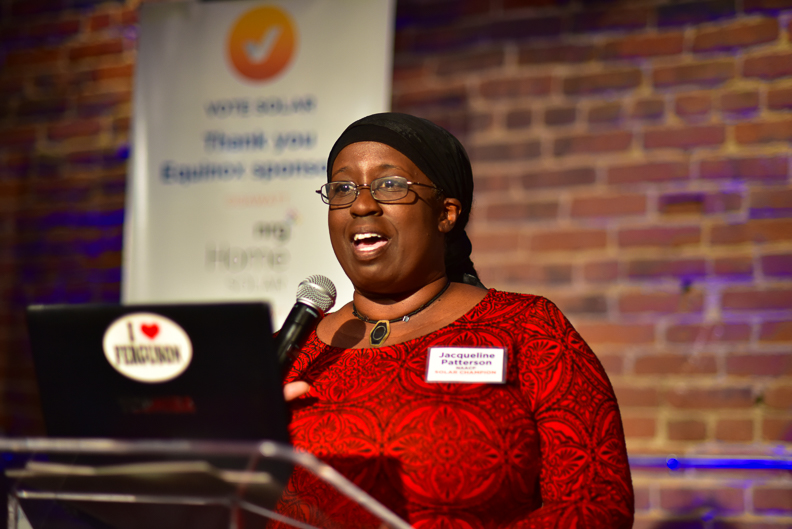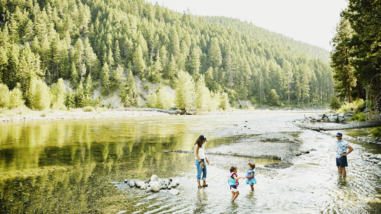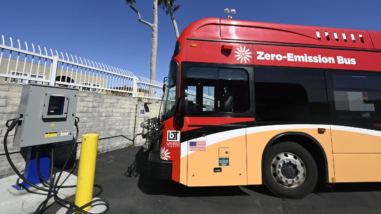The first time I became aware of the concept of environmental justice, I was in Jamaica as a Peace Corps volunteer. A neighboring oil plant contaminated the water supply of the community I was staying at. People woke up to their tap water being brownish in color and having odd metallic taste. They felt nausea and feared the long-term impact on their health. Yet, all that the community received from drinking tainted water for days were a few hundred dollars for a school education project and a few pit latrines.
That was my first experience of the David-and-Goliath dynamic of a small community, Harbor View, trying to seek justice from a powerful, well-financed major corporation that seemed determined to resist providing fair compensation.
Living in Jamaica, which had the starkest income inequality I ever encountered, illustrated for me how economics and political power are intertwined and can block justice for those who are poor and politically disenfranchised.
What finally solidified my commitment to environmental justice occurred during my work on women’s rights in Sub-Saharan Africa, Asia and the Caribbean. In these parts of the world, I encountered women and girls who were then walking 10 kilometers to get water for their households. In their lifetimes, this walk had doubled in length due to increased water scarcity and drought, which are intensified by climate change.
For some girls, this meant that they had to prioritize household chores over getting an education. The most chilling thing I heard was how common it was for young girls to be sexually assaulted when making that trek through insecure areas to collect water. I realized then that many people in the world experience climate change at the intersection of their struggles with gender justice, economic justice, patriarchy and geopolitics.
Similarly, patterns exist among low-income communities and communities of color in the United States. My organizing work with Women of Color United connected those struggling in Africa, Latin America and the Caribbean with grassroots frontline women’s groups in the U.S. Women from all these places found common cause in climate change and environmental justice issues.
But I noticed that there wasn’t much analysis on how climate change affects women and people of color. It was troubling to me just how little there was in the way of research, literature, reports and explicit gender-based climate activism here as compared to overseas.
That’s when I started a race and gender road tour on climate justice in the U.S. called “Women of Color for Climate Justice” and decided to make this the focus of my work.
Since then and at the NAACP, we’ve worked with teachers and pediatric nurses in Chicago who saw students living near the Fisk and Crawford coal plants fall ill and miss school due to their asthma. Forty asthma-related deaths and 1,000 hospitalizations were attributed to those coal plants. We worked with the Texas Environmental Advocacy Services in Houston and got a tour that featured Cesar Chavez High School, which has an oil refinery yards from the school. In fact, that is one of five oil refineries within 10 miles of the school.
There is a lot of suffering, but critical organizing efforts addressing these struggles abound. We have to uplift examples of triumph against all odds as sources of inspiration and models for replication.
I look at places like Gulfport, Miss., where everyone said that the Jack Watson Coal Plant was too big to close. Citizen action took coal burning offline there. I celebrate places like Valdosta, Ga., and Curtis Bay, Md., where dedicated residents (in the case of Curtis Bay, it was youth-led) rallied against well-moneyed interests and blocked the building of toxic incinerators in their communities.
I point to the beacons of light like Berkeley, Calif.; Highland Park, Mich.; Minneapolis and Pittsburgh, where communities are coming together and advancing cooperative models to strengthen local economies and meet basic needs like access to food, water and energy, while creating local jobs.
Recently, I traveled with the Mississippi chapter of the NAACP through rural Mississippi, visiting communities served by rural electric co-ops. In our conversations, we found consistently that people did not recognize by definition that they actually owned the co-ops to which they were paying bills every month. Their relationship with the co-ops mirrored traditional utilities where they paid their bills but otherwise were not engaged at all.
The result was that in a state where the population is 37 percent African American, out of the 69 rural electric co-op board members, only six are African Americans. And the $151 million in profits gleaned by the co-ops largely did not benefit the members through dividends or in other ways.
So I am thrilled that the Mississippi NAACP is embarking on an effort to educate and engage co-op members so that rural electric co-ops can be democratic. This is a model that can be replicated nationwide, thereby transforming rural electric co-ops into the democratic structures they are supposed to be, potentially resulting in job creation, rate reduction, and transition to energy efficiency and clean energy.
What I already see in motion and pray grows in scale is the proliferation of decentralized systems, policies and practices, coupled with democracy. There are more policies supporting distributed energy generation, households are utilizing rooftop solar energy, and communities are embracing community-owned solar projects. We are finally seeing the breakdown of energy monopolies that focused on accruing profits without regard for impact on the planet and its people.
I have learned that if we want to achieve climate justice, we have to be willing to be the voice of visionary transition. We can’t just tweak the existing deeply flawed system that turns an eye on racism, sexism, classism, xenophobia, and prioritizes profits over people. We have to toss out the notion of winners versus losers, and focus on equality of race, gender, class, religion, etc. as we ensure that people are treated fairly. From nations to communities, we must transition from a system that is based on extraction and domination to one that is regenerative, cooperative and values human rights for all.
Editor’s note: Jacqueline Patterson is director of environmental and climate justice program at NAACP, one of the oldest civil rights organizations in the U.S.




